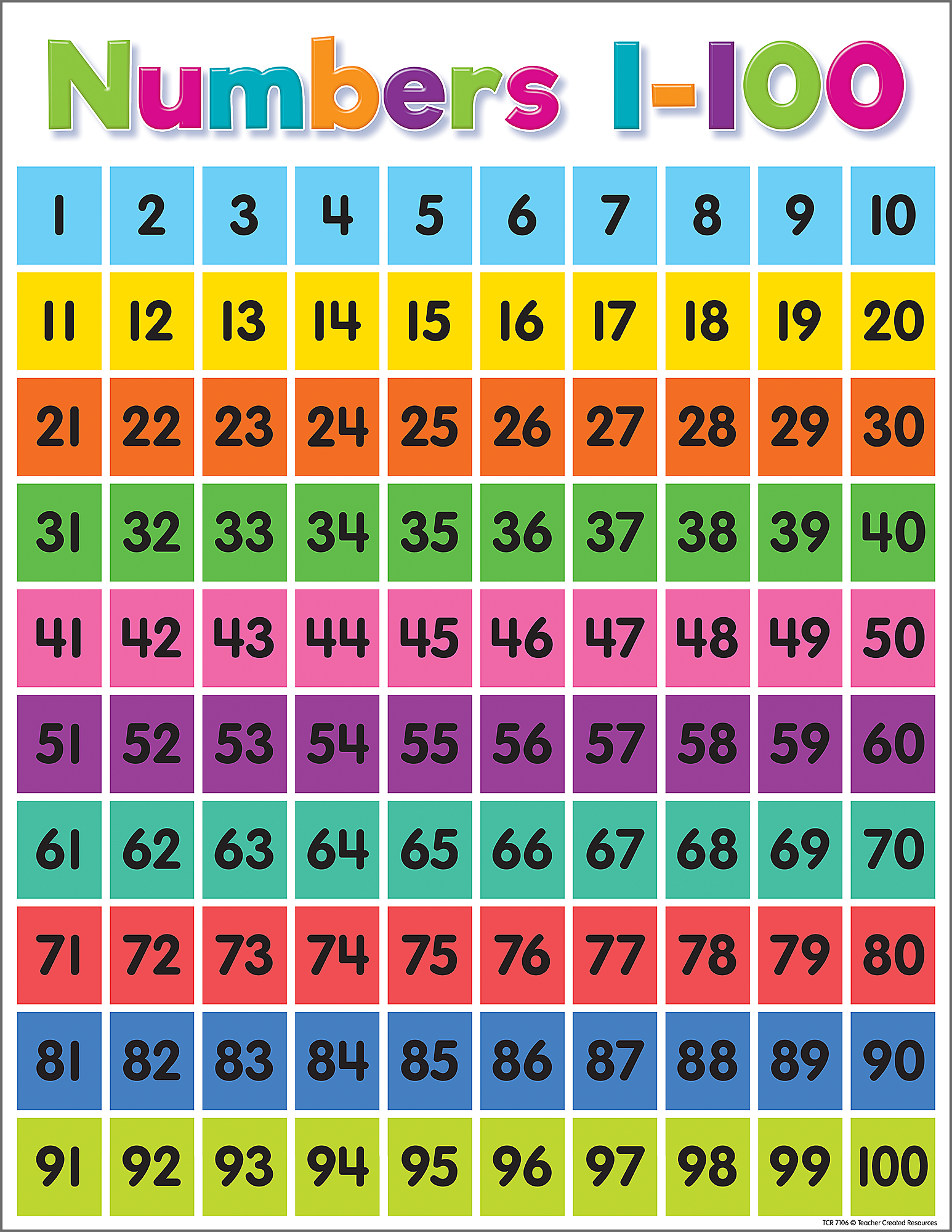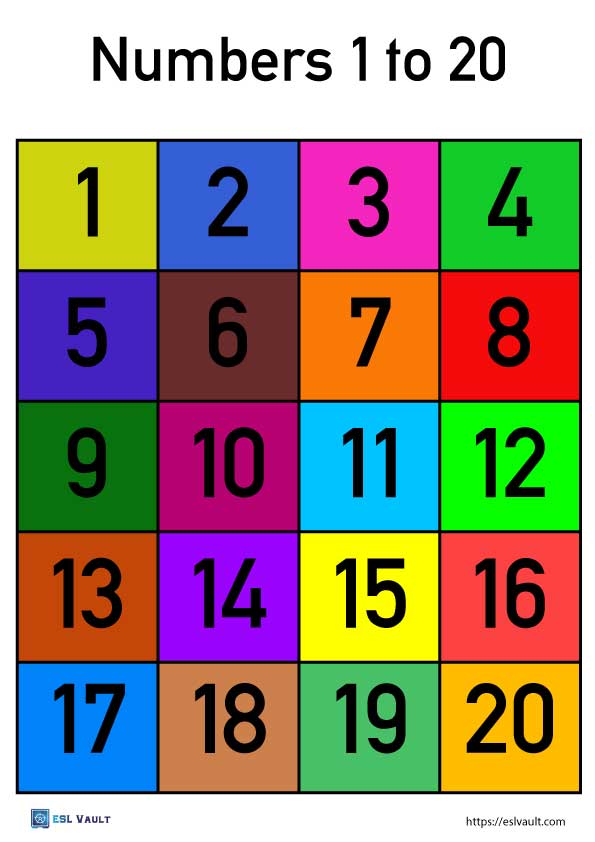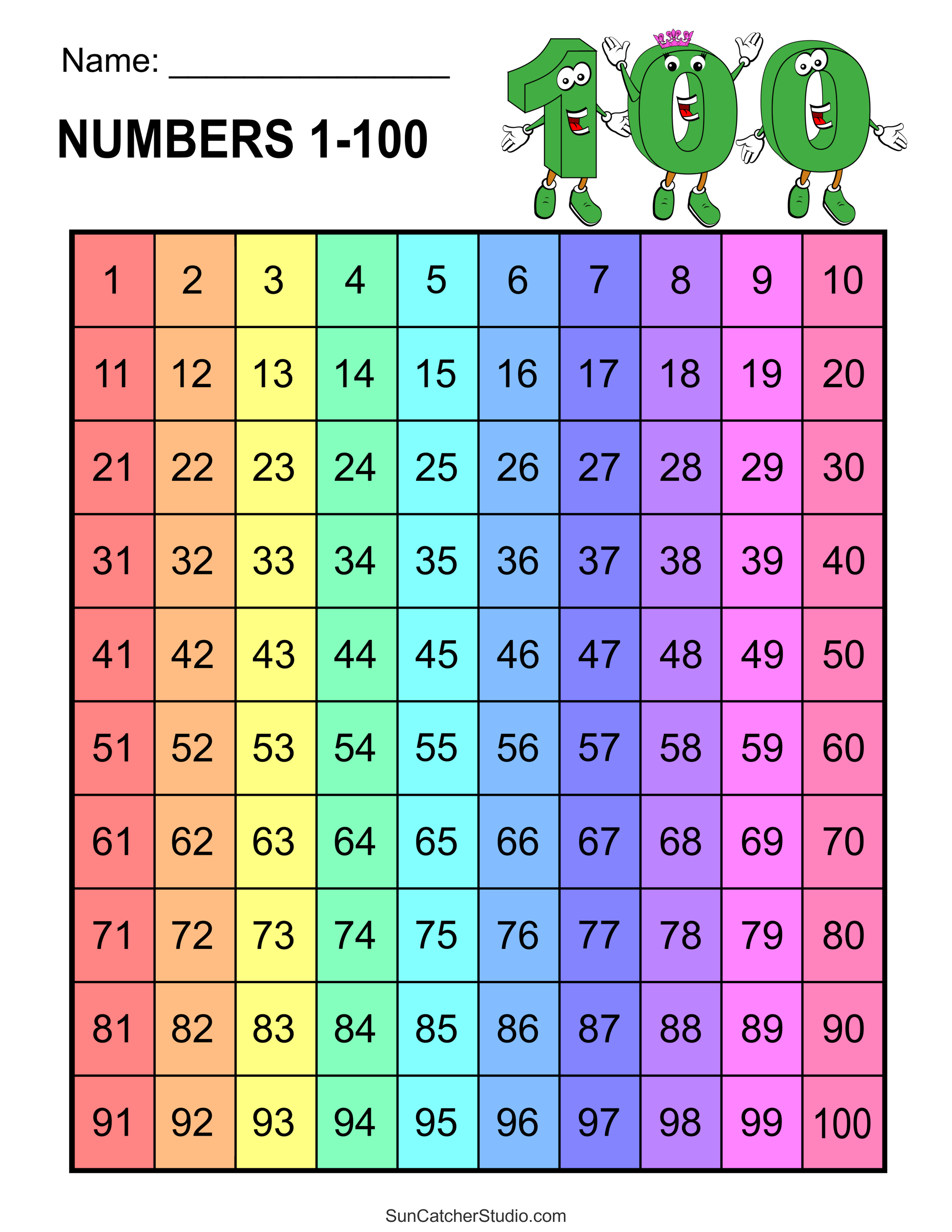Have you ever found yourself pondering about truly immense figures, perhaps wondering what number comes after trillion? It's a question that, you know, often sparks a little curiosity, especially when we hear about vast sums of money or incredible distances in space. Trillion itself feels like a number so big it's almost hard to wrap your head around, right?
For many of us, numbers like hundreds, thousands, and even millions are part of our everyday conversations. We see them, we use them, and they make sense in our personal finances or local news. But then, you get to billions, and then trillions, and suddenly, the scale of things gets pretty mind-boggling, so it's a natural thing to ask what comes next.
Today, we're going to explore what lies beyond that colossal "trillion" mark. We'll look at the names for these incredibly large numbers, how they're structured, and just how many zeros you'd need to write them down, all based on the American numbering system, which is that, what our text references.
Table of Contents
- Understanding the American Numbering System
- What Comes After Trillion? Quadrillion!
- The Grand Progression After Quadrillion
- How to Write Large Numbers
- Frequently Asked Questions About Large Numbers
Understanding the American Numbering System
When we talk about these really big numbers, it's pretty important to know which system we're using, you know. Different parts of the world sometimes have different ways of naming their large figures. Our focus today is squarely on the American system, which is the one our information points to, so that's what we'll stick with.
In this system, numbers get their names based on groups of three zeros. So, for instance, a thousand has three zeros, a million has six, and so on. This pattern helps us keep track of how incredibly big these numbers become, which is that, a very helpful way to organize things.
The Power of Zeros
To really grasp these large numbers, it's helpful to think about them in terms of powers of ten. A "power of ten" just means you're multiplying ten by itself a certain number of times. It's a neat way to show how many zeros are trailing after the first digit, you know, making the number bigger and bigger.
For example, our source tells us that one trillion is equal to 1012. This means it's a 1 followed by 12 zeros. That's a lot of zeros, actually, and it shows just how much bigger it is than a million or a billion.
When you see 1012, it's a quick way to understand the scale. It's much easier than writing out 1,000,000,000,000 every single time, which, you know, could get a bit tedious.
What Comes After Trillion? Quadrillion!
So, you've been wondering, what number comes after trillion? Well, according to our information, after one trillion comes one quadrillion. It's the next step up in this fascinating ladder of really big numbers, which, you know, is pretty cool to think about.
In the American system, one quadrillion is equal to 1015. What does that mean in terms of zeros? It means a quadrillion is a 1 followed by 15 zeros. That's three more zeros than a trillion, making it a thousand times bigger than a trillion, so it's a very significant jump.
To write that out fully, a quadrillion looks like this: 1,000,000,000,000,000. That's a pretty long string of zeros, isn't it? It's a number that, in some respects, truly pushes the limits of our everyday counting.
Is Quadrillion a Real Number?
A question that sometimes pops up is whether a quadrillion is, you know, a "real" number. And the answer is absolutely yes! Quadrillion is a perfectly legitimate and recognized number in mathematics and in our numbering system. It's used to describe quantities that are truly vast, like national debts in some countries or, say, the number of stars in a large galaxy, so it's a very real concept.
Just because we don't often use it in our daily shopping doesn't make it any less real. It's a part of the numerical language we use to measure and understand the world, especially when dealing with very large scales, which, you know, happens quite a bit in science and economics.
The Grand Progression After Quadrillion
Our source makes it clear that the journey into large numbers doesn't stop at quadrillion. Oh no, there's a whole sequence of even bigger numbers waiting in line. After one trillion comes quadrillion, then quintillion, then sextillion, septillion, octillion, and so on. It's a pretty impressive list, actually, and each one builds on the last.
Each step up in this progression adds another three zeros, or another power of ten to the third. This consistent pattern is what makes the American system, you know, relatively easy to follow once you get the hang of it. It's like a staircase where each step is exactly the same height, just getting higher and higher.
Quintillion: The Next Giant
Following quadrillion, we encounter the quintillion. This number takes us even further into the realm of the truly immense. A quintillion is a 1 followed by 18 zeros, which, you know, is quite a sight to behold.
In terms of powers of ten, a quintillion is 1018. Just imagine trying to count to that number! It's clear these numbers are designed for measuring things far beyond human-scale counting, so it's a very big figure indeed.
Sextillion: A Step Further
Moving right along, after quintillion comes sextillion. This number adds yet another three zeros to the count. A sextillion is a 1 followed by 21 zeros, making it 1021. It's a number that, in some respects, makes a trillion look relatively small.
These numbers are often used in fields like astronomy, where distances and quantities of particles can be truly staggering. It's a number that, you know, helps scientists talk about things like the number of grains of sand on all the beaches in the world, if you could even count them all.
Septillion and Beyond
The sequence continues with septillion. A septillion is a 1 followed by 24 zeros, or 1024. Each of these names, you know, indicates a jump of a thousand times the previous number, which is pretty consistent.
It's fascinating how these prefixes like "quad," "quint," "sex," and "sept" help us name these progressively larger numbers. They're basically, you know, Latin-derived prefixes that tell us how many groups of three zeros we're dealing with after the initial thousand.
Octillion: A Really Big Number
Next in line is the octillion. Our source specifically mentions this one, even giving us an example: "27 zeros in 6 octillion." This means a single octillion is a 1 followed by 27 zeros, or 1027. So, six octillion would be 6 followed by 27 zeros, which is that, an incredibly large amount.
These numbers, you know, are so vast that it's hard to find everyday examples. They really push the boundaries of what most people can intuitively grasp, so it's a very abstract concept for many.
Nonillion: The Number After Octillion
And what comes after octillion? Our text tells us that the unit number after octillion is nonillion. Sticking to the pattern, a nonillion would be a 1 followed by 30 zeros, or 1030. It's truly a colossal figure, so it's almost beyond imagination.
This consistent progression, you know, makes it possible to name even larger numbers, should the need arise. It's a system built for scaling up indefinitely, which is pretty clever, actually. Learn more about on our site.
How to Write Large Numbers
When you're dealing with numbers like trillions and quadrillions, writing them out with all those zeros can get a bit cumbersome. That's why we often use commas to separate groups of three digits, making them much easier to read, you know, at a glance.
For example, one trillion is 1,000,000,000,000. The commas help us quickly see that there are four groups of three zeros after the initial 1, indicating a trillion. This formatting is pretty standard, actually, and it helps prevent errors when reading such long numbers.
Another way to write these numbers, especially in scientific contexts, is using scientific notation, like 1012 for a trillion. This is, you know, a very compact and clear way to express their magnitude without needing to count all those zeros, which is really helpful.
Writing 2.2 Trillion
Sometimes you'll encounter numbers that aren't exact whole trillions, like "2.2 trillion." Our text asks how you write this with numbers. It's pretty straightforward, actually, once you know the pattern.
Since one trillion is 1 followed by 12 zeros, 2.2 trillion means two full trillions and then two-tenths of another trillion. So, you'd write it as 2,200,000,000,000. The "point two" effectively fills in the first three zero spots after the "2," making it 2,200 billion, which is that, the same thing.
This way of writing shows how these large numbers can also have decimal parts, which is important for precision in things like financial reports or scientific measurements, so it's a very practical application.
Frequently Asked Questions About Large Numbers
People often have questions about these really big numbers, and that's perfectly understandable. They're not something we encounter every day, so it's natural to seek a bit more clarity, you know.
Here are some common questions folks ask when thinking about what comes after trillion and other huge figures.
Q: How many numbers are in 1 trillion?
A: When people ask "how many numbers are in 1 trillion," they usually mean how many digits are in the number 1 trillion. In the American system, one trillion is written as 1,000,000,000,000. If you count all the digits, including the '1' and all the zeros, you'll find there are 13 digits in 1 trillion. It's a pretty long number to write out, actually.
Q: What are the numbers after trillion?
A: Our text gives a clear progression for what comes after trillion. In the American system, after trillion, you have quadrillion, then quintillion, then sextillion, septillion, octillion, and so on. The pattern continues, with each new name representing a thousand times the previous one, so it's a very orderly sequence.
Q: What number is larger than trillion?
A: Any number that comes after trillion in the established sequence is, you know, larger than a trillion. So, quadrillion is larger than trillion, quintillion is larger than quadrillion (and thus much larger than trillion), and the list continues. Each step up the numerical ladder represents a significantly greater value, which is pretty straightforward.
Understanding these enormous figures helps us grasp the scale of the world around us, from economic figures to cosmic distances. For more interesting facts about numbers and their uses, and link to this page .
- Isnotmena Leaks
- Tall Lizzy Biography
- Katie Sigmond Leaked
- Preet Jatti Viral Video
- Missmichelleyg Leaked



Detail Author:
- Name : Davonte Bartoletti
- Username : antonette.kulas
- Email : beer.oceane@ratke.org
- Birthdate : 1979-05-30
- Address : 75530 Desiree Harbor Apt. 417 North Jackelinefurt, NJ 94158-8254
- Phone : 314-946-9106
- Company : Morar-Batz
- Job : Electronic Equipment Assembler
- Bio : Sit et nobis facilis eos maiores. Illo qui qui ut nemo vel et amet. In qui voluptatibus non mollitia architecto velit tempore. Molestiae qui culpa necessitatibus nihil dolor laboriosam.
Socials
linkedin:
- url : https://linkedin.com/in/bauchb
- username : bauchb
- bio : Sit ut error totam accusamus veritatis.
- followers : 3098
- following : 1040
facebook:
- url : https://facebook.com/bradford.bauch
- username : bradford.bauch
- bio : Vel aut veritatis recusandae odio distinctio eos.
- followers : 6365
- following : 76